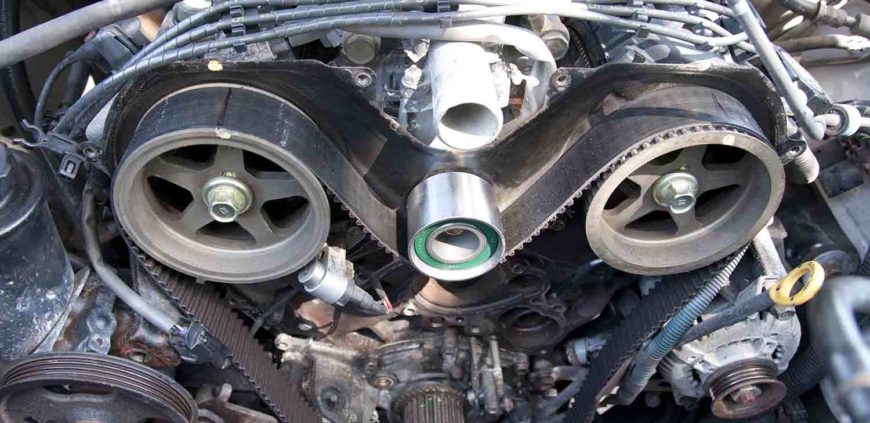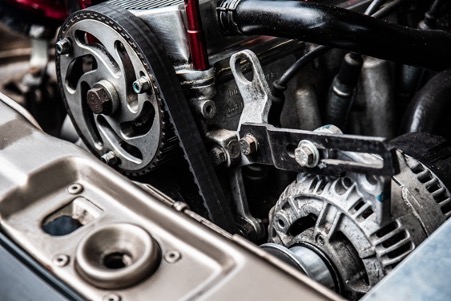
For each degree over that, thirty degrees of heat is generated for the belt and accessory bearings, leading to accessory failure. The system can only tolerate one degree of misalignment.

This causes the belt to run uphill on the pulley damaging the belt and causing a lot of noise. When the pivot bushing wears, the tensioner arm can move out of alignment. A tensioner will cycle a billion times over a hundred thousand miles causing the tensioner pivot bushing to wear. Belt MisalignmentĪs the belt runs through the accessory belt drive system, all of the pulleys should be in alignment. This can result in permanent damage to the belt and the accessories. If your belt tensioner is worn, it can cause the belt to slip at the accessories and create squealing noise, excessive heat at the accessory pulleys, and reduce the accessory performance. Here are the 5 most common belt tensioner modes of failure: 1. In the past, much of the focus of torque transfer failure has been on the belt itself, when in fact, belt tension is the culprit. Transferring torque to run the accessories is the main task of the belt tensioner and anything that interferes with that transfer is a problem. The belt tension is the key to the proper functioning of the accessory belt drive system. The tensioner helps to ensure that the belt works perfectly under all circumstances, keeping it aligned and running smoothly.ĭepending on your car model, your belt tensioner may also allow the timing belt to move smoothly through the engine, powering various components. It’s essentially a spring-loaded arm that applies pressure to the serpentine belt, ensuring it delivers enough tension to move the various pulleys that drive the engine’s accessories. What Is a Belt TensionerĪ belt tensioner is a crucial component of your vehicle’s engine. So, any suspicion of a failing tensioner should be addressed immediately to avoid further damage and potential safety risks. This can be dangerous, particularly when navigating corners or parking.Īdditionally, a bad tensioner can cause unusual and accelerated wear on the belt, and in severe cases, it can even cause the belt to break. Similarly, the power steering pump will stop working, making the vehicle much harder to steer, especially at lower speeds. If the belt breaks, the alternator will stop charging the battery, which could cause your vehicle to stall and leave you stranded. No, it is not safe to drive with a bad belt tensioner because it can cause the drive belt to break and lead to loss of power, loss of power steering, or engine overheating because the water pump will stop working. Is It Safe To Drive With a Bad Belt Tensioner?


It is not safe to drive with a bad belt tensioner because the belt tensioner ensures sufficient tension to power the accessories.Loss of power and battery light illuminated Serpentine belt wearing rapidly or unevenly Serpentine belt slipping off during startup What Are The Most Common Signs Of Bad Belt Tensioner.Is It Safe To Drive With a Bad Belt Tensioner?.


 0 kommentar(er)
0 kommentar(er)
